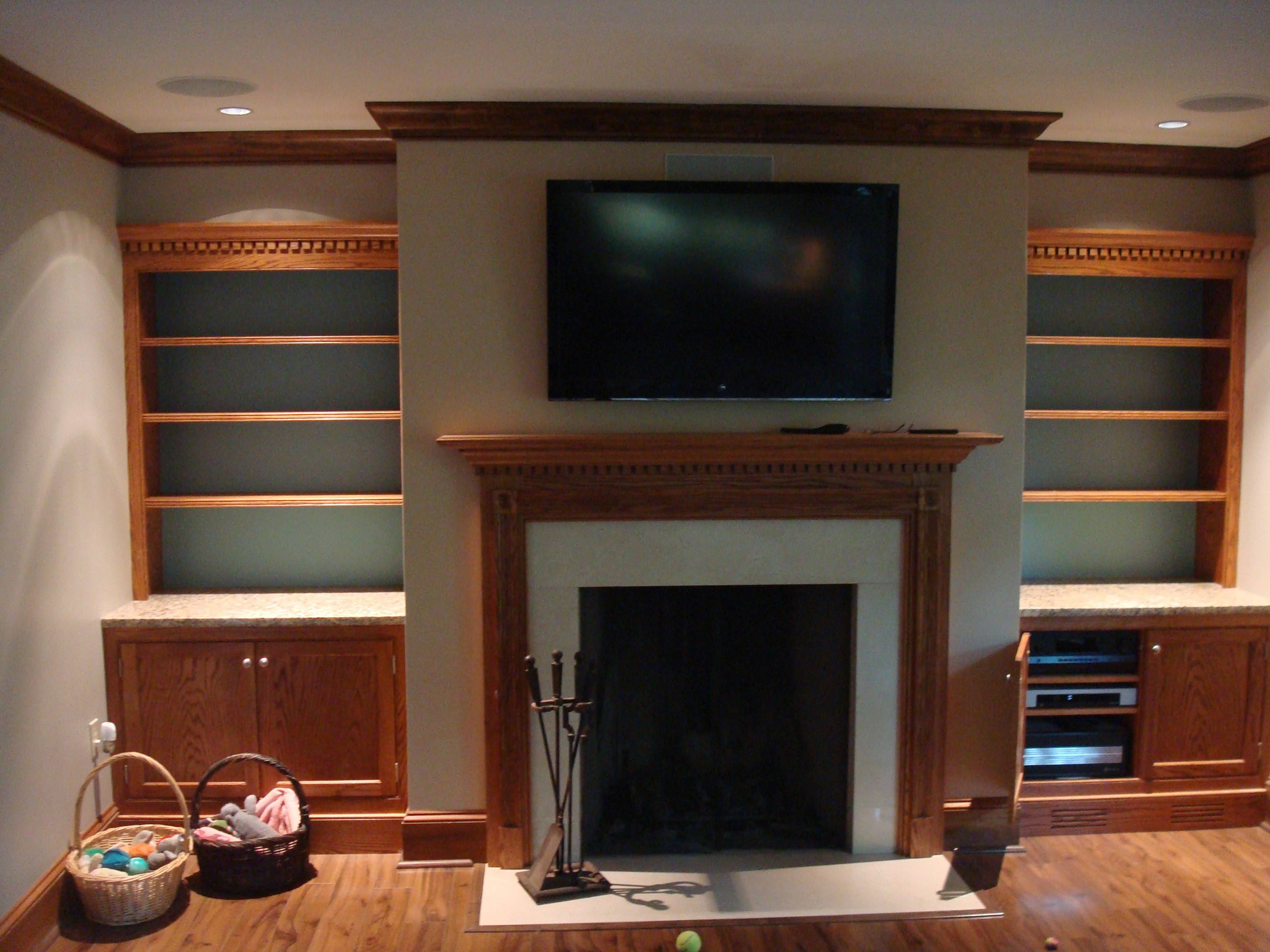What you have planned to build will take a lot of sanding. If you have a random orbit sander and will be using a lot of solid stock, experiment with your stain samples. Let me say this first, if you sand everything out getting rid of the planer marks (washboarding) the quality of your finish will be remarkably better. Secondly, sanded wood takes stain differently than planed wood, usually it takes it darker than planed wood. Thirdly veneer plywood takes stain differently than solid wood but should only need a light sanding by hand, no machines, since the veneer is so thin, and always in the direction of the grain. Soft sanding blocks are handy here.
This is what you need to experiment with on your samples. Start with 100G sandpaper, and run the sander over your stain sample on one side. If it removes the stain/washboarding fairly quickly. It is a good start, if not, you may need to start with 80G. Find the finest sandpaper that gets the job done of removing the washboarding, the fewer steps it takes to get it ready for staining/dying. I usually sand to 120G when finishing by hand, but with machine sanding, I would go a bit finer. Perhaps up to 180 or 220G. But that is what the samples are about. You have 4 sides to work with, before you need to redo your samples. More pointers later on that if needed.
When staining oak, the hard and soft grain becomes more pronounced, with dyes, the color takes more consistently across the face, lessening the difference from soft to hard grain. If each pass with the sander is not complete, it will show marks from the last grit of sandpaper. Be certain is is sanded thoroughly. There are tricks to confirm that.
IMO, I don't think you blotching was caused by "bleed out" although with oak it happens in a heartbeat with oil based stains, had it happen too many times. For that checking the surface after a while can keep this in check, and do not stain or dye in the sunlight. Alcohol based dye may bleed back, but because of its properties and the porosity of oak it will soak in deeper. Alcohl compared to oil. Still, whenever applying dye, apply enough to achieve uniform color, and wipe off the excess immediately and wipe back over the entire surface. If you have panels, consider dying them first and first coat sealer over that. This will fix the issue when the wood moves, sometimes the unstained wood moves from behind the rails and shows raw wood. This way you can cover the smaller parts easier without the dye setting on the surface too long for trying to cover such a large area.
One tip, when sanding narrow pieces, a machine sander will have a tendency to roll off one edge or the other, not keeping the surface flat. Before you start, set up a flat area where you can get all around it, and can hold 3,4 or 5 pieces of your narrow material, and sand them all at one time. Under a random orbit sander, they may act like a bunch of cats, running off in all directions, but set thin strip around the wood you are sanding to keep them corralled. Nothing fancy, doesn't need to be tight, just something simple to take things out, and set more back in. On the sides only, may do what you need.
Here's a few pics of my entertainment center/bookshelves I made of oak.







